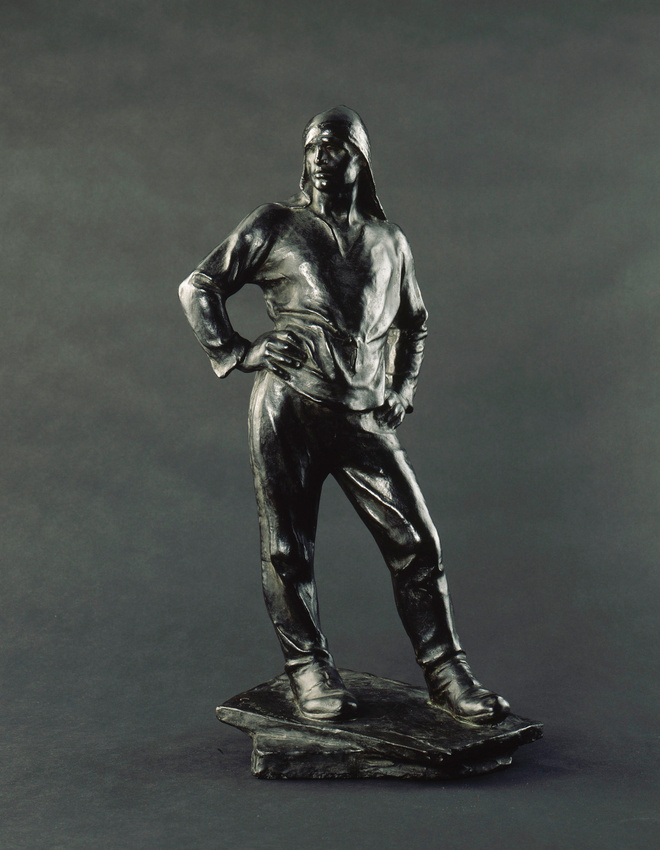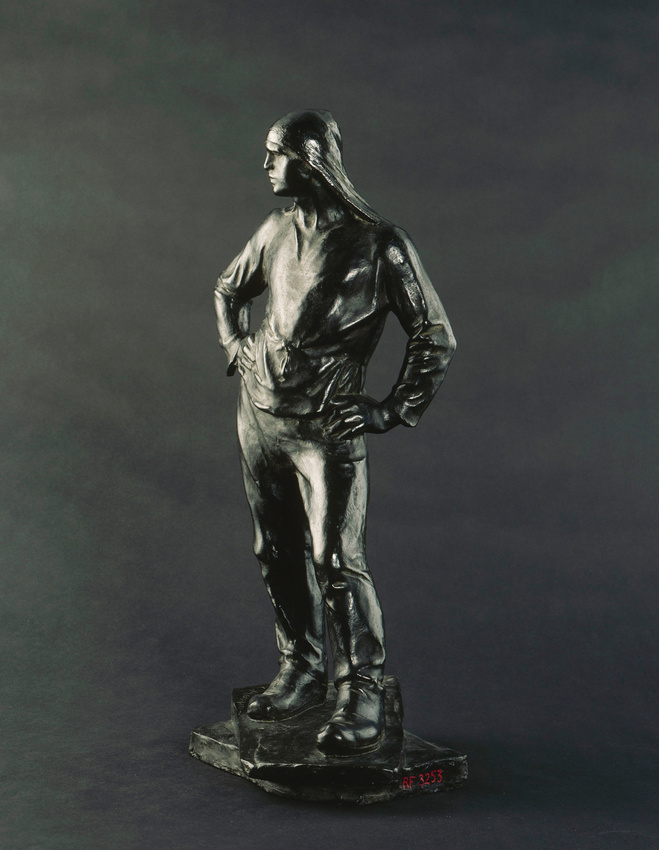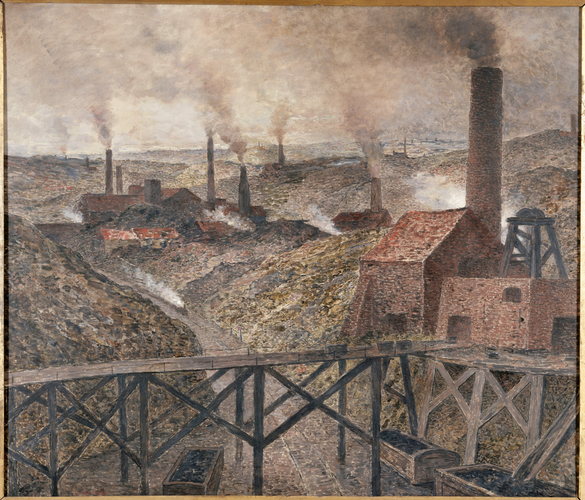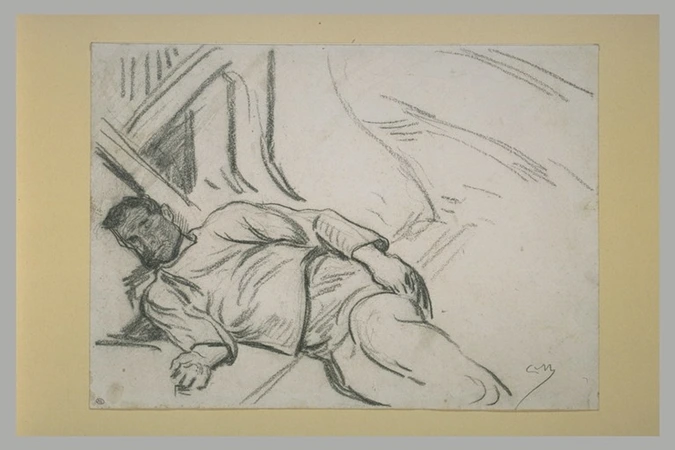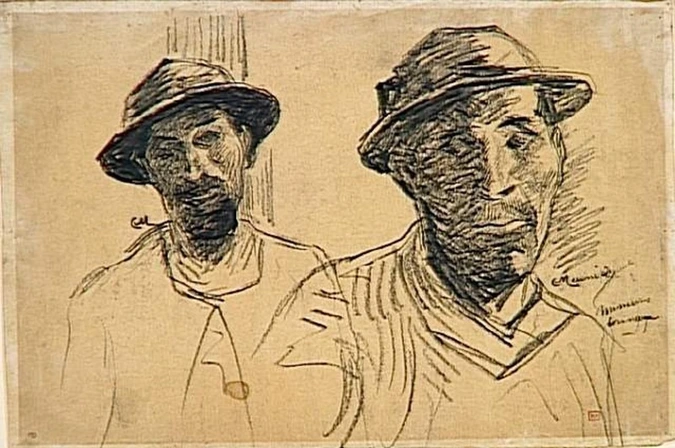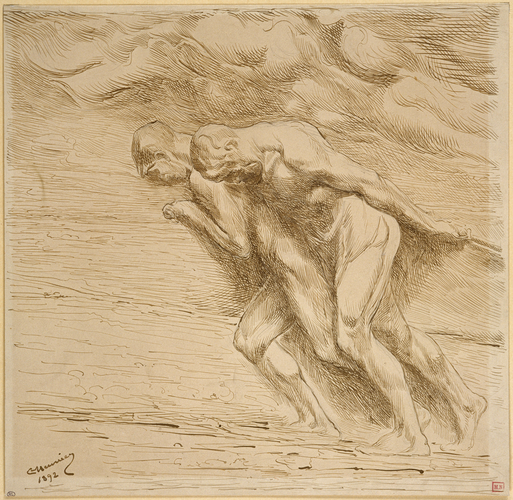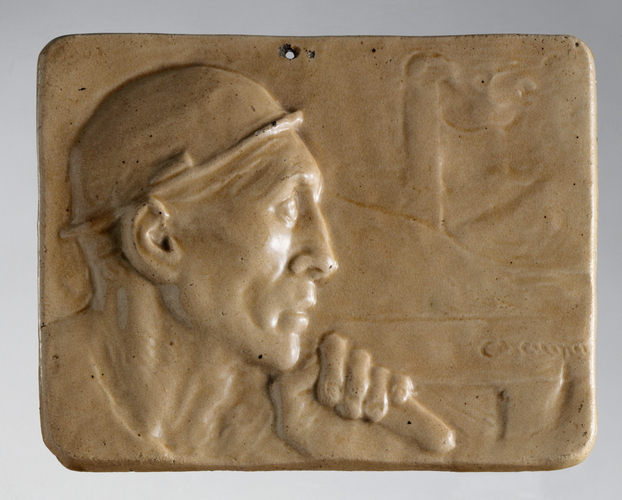Débardeur du port d'Anvers
Débardeurs were men who loaded and unloaded the ships, more commonly known as dockers today. While avoiding sordid realism, Débardeur du port d'Anvers, sculpted by Meunier, became an archetypal representation of the individual's alienation through work. An initial wax version was exhibited in 1885 in Brussels at the Salon des XX. When the great plaster sculpture was presented in Paris at the Salon de la Société nationale des Beaux-arts in 1889, it was well received by the critics: "...never has such tragic and touching expression, such energy, oppression, suffering and resignation been put into a figure, with such intensity."
The political dimension of the Débardeur, an urban, working class figure, can be compared to Dalou's Peasant, a rural, peasant figure. Moreover, the two artists embody a style soon to be called ‘social sculpture'. However, unlike Dalou, Meunier preferred a synthesis rather than dwelling on details denoting the social role of his model. The pose is strongly portrayed; the volumes boldly distributed.
In 1890, the French State bought this model in bronze. In Belgium a life-sized Débardeur was erected in the main square in Antwerp, becoming a symbol of the town. After 1893, smaller versions in bronze were produced in different sizes, as well as a bust naturally entitled Antwerp.
